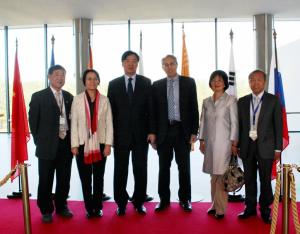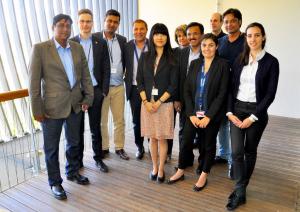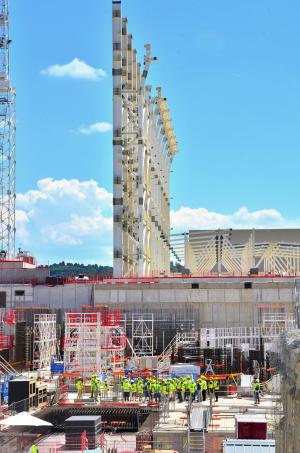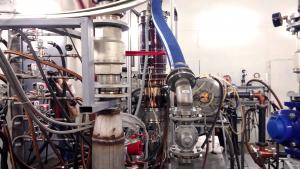What’s New
1 June 2015
ITER news digest for the period of 25 May 2015 to 1 June 2015.

MAST-Upgrade fusion device advances ahead of schedule

Chinese ambassador tours site

US participation in Wendelstein 7-X stellarator renewed




